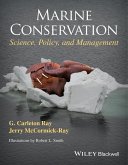
Gebundenes Buch
Science, Policy, and Management
1. Auflage
31. Dezember 2013
Wiley & Sons / Wiley-Blackwell
| Broschiertes Buch | 97,99 € | |
| eBook, ePUB | 41,99 € | |
| eBook, PDF | 41,99 € |
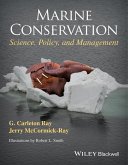
Broschiertes Buch
Science, Policy, and Management
1. Auflage
31. Dezember 2013
Wiley & Sons
Ähnliche Artikel
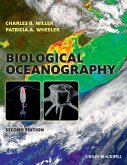
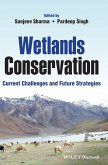
Gebundenes Buch
Current Challenges and Future Strategies
1. Auflage
27. September 2021
Wiley & Sons / Wiley-Blackwell
1A119692680
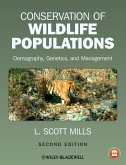
Broschiertes Buch
Demography, Genetics, and Management
2. Aufl.
23. November 2012
Wiley & Sons
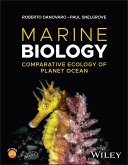
Broschiertes Buch
Comparative Ecology of Planet Ocean
1. Auflage
9. Mai 2024
Wiley / Wiley & Sons
1W394200070
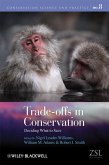
Gebundenes Buch
Deciding What to Save
1. Auflage
27. September 2010
Wiley & Sons / Wiley-Blackwell
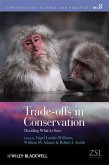
Broschiertes Buch
Deciding What to Save
1. Auflage
27. September 2010
Wiley & Sons / Wiley-Blackwell
1A405193830
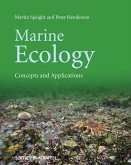
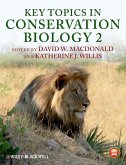
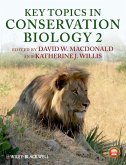
Ähnlichkeitssuche: Fact®Finder von OMIKRON
